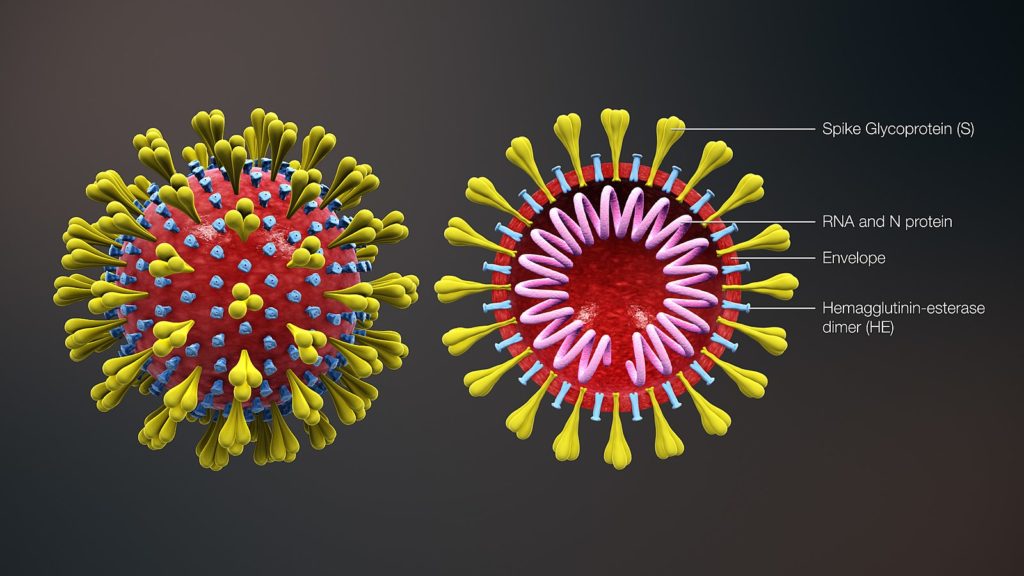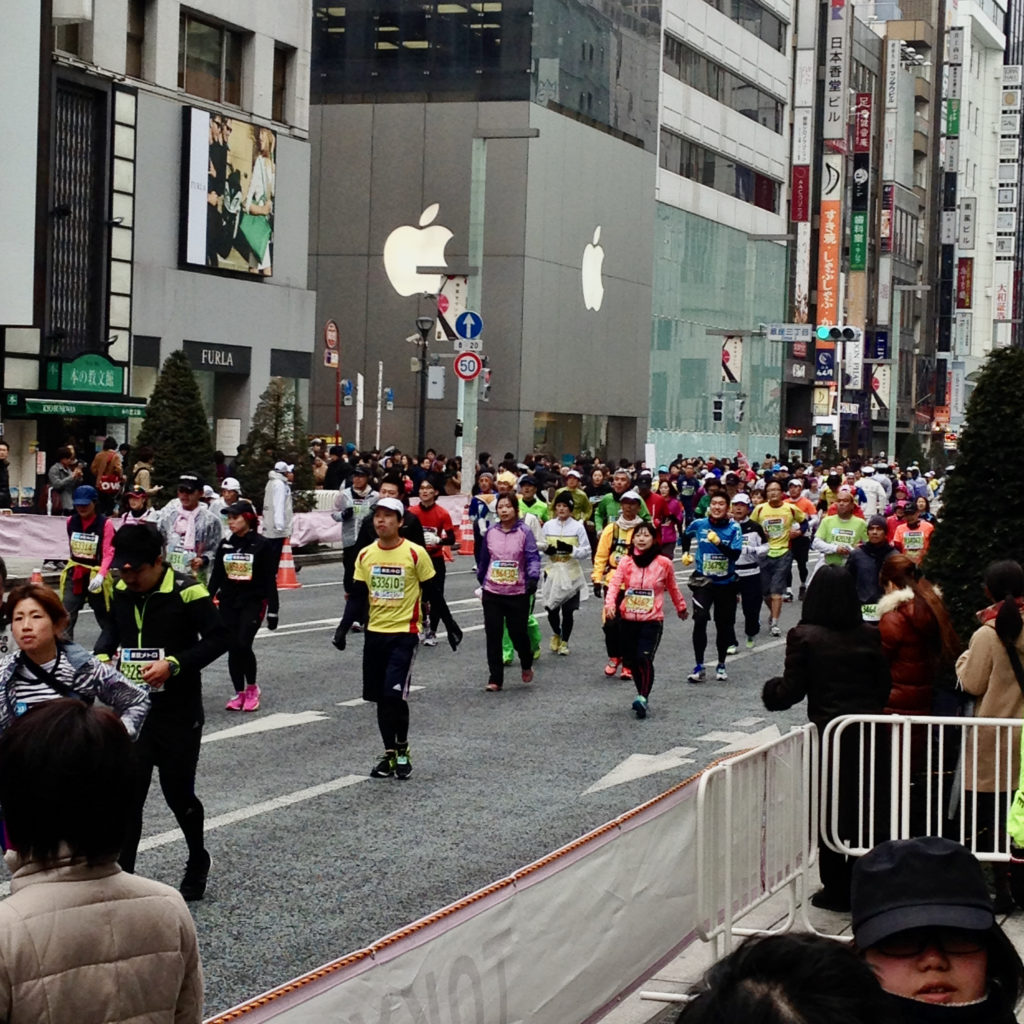COVID-19, also known as the Wuhan Coronavirus, the Novel Coronavirus, 2019-nCoV, or whatever you want to call it may be the biggest gold medal winner at the 2020 games.

As we edge towards a declaration of a pandemic, lots of things are being disrupted. The US Centers for Disease Control and Prevention (CDC) has just raised the alert level in Japan to Level 2 – Practice Enhanced Precautions.
Alert – Level 2, Sustained Community Transmission—Special Precautions for High-Risk Travelers
Key Points
- Japan is experiencing sustained community transmission of respiratory illness (COVID-19) caused by the novel coronavirus.
- The virus can spread from person to person.
- Older adults and those with chronic medical conditions should consider postponing nonessential travel.
- Travelers should avoid contact with sick people and clean their hands often by washing with soap and water for at least 20 seconds or using an alcohol-based hand sanitizer with 60%–95% alcohol.
What is the current situation?
A new coronavirus that recently emerged in China has been detected in a number of other locations around the world. Many cases of COVID-19 have been associated with travel to or from mainland China or close contact with a travel-related case, but sustained community spread has been reported in Japan. Sustained community spread means that people have been infected with the virus, but how or where they became infected is not known, and the spread is ongoing.
Illness with this virus has ranged from mild to severe. Signs and symptoms of infection include fever, cough, and difficulty breathing. Sore throat and diarrhea have also been reported in some patients. This new coronavirus has caused severe disease and death in patients who developed pneumonia. Risk factors for severe illness are not yet clear, although older adults and those with chronic medical conditions may be at higher risk for severe illness.
What can travelers do to protect themselves and others?
Because older adults and those with chronic medical conditions may be at higher risk for severe disease, people in these groups should discuss travel with a healthcare provider and consider postponing nonessential travel.
If you travel to Japan, take the following steps:
- Avoid contact with sick people.
- Avoid touching your eyes, nose, or mouth with unwashed hands.
- Clean your hands often by washing them with soap and water for at least 20 seconds or using an alcohol-based hand sanitizer that contains at 60%–95% alcohol. Soap and water should be used if hands are visibly dirty.
- It is especially important to clean hands after going to the bathroom; before eating; and after coughing, sneezing or blowing your nose.
If you spent time in Japan during the past 14 days and feel sick with fever, cough, or difficulty breathing:
- Seek medical advice. Call ahead before going to a doctor’s office or emergency room. Tell them about your recent travel an area with community spread of coronavirus, and your symptoms.
- Avoid contact with others.
- Do not travel while sick.
- Cover your mouth and nose with a tissue or your sleeve (not your hands) when coughing or sneezing.
- Clean your hands by washing them with soap and water for at least 20 seconds or using an alcohol-based hand sanitizer that contains 60%–95% alcohol immediately after coughing, sneezing, or blowing your nose. Soap and water should be used if hands are visibly dirty.
Clinician Information
Healthcare providers should obtain a detailed travel history for patients with fever or acute respiratory symptoms. For patients with these symptoms who were in Japan and had onset of illness within 2 weeks of leaving, consider novel coronavirus infection and notify infection control personnel and your local health department immediately.
For additional healthcare infection control recommendations, visit CDC’s Infection Control webpage.
For additional information, please see:
This map from Johns Hopkins is a bit disturbing, and the World Health Organization (WHO) provides a similar view.
The threat of COVID-19 has already disrupted the Tokyo Marathon, causing the cancellation for all but elite runners. I’ve been to the Tokyo Marathon before by chance as it started at my hotel. Indeed it is a very dense cluster of people.
Strangely, from that time, I don’t have any pictures from the start. I take pictures of everything yet I don’t have that. I do have a picture from the runners coming through Ginza. Even at that point the course is still crowded and there are crowds on the sidelines. These were not the elite runners.

In other impacts, the recent FINA Grand Prix Diving event in Madrid did not have the Chinese divers as their travel was impacted.
It has also been reported that some training associated with Olympic volunteers has been postponed due to COVID-19.
However, in the same article they are quick to stress that Tokyo 2020 will go on.
Organizers have been at pains to stress there is no question of canceling or postponing Tokyo 2020 despite mounting fears over the potentially deadly virus spreading fast around the globe.
…
The International Olympic Committee has also said there is no need for a contingency plan to postpone, cancel or move Tokyo 2020, despite new cases of the deadly virus emerging daily in Japan.
“I can confirm Tokyo 2020 remains on track,” top IOC official John Coates said last week in Tokyo.
Tokyo 2020 CEO Yoshiro Mori has criticized “irresponsible rumors” about the Games.
One time I flew from the US to Japan when there was a Swine Flu outbreak in the US (in 2009). The local government where I lived tracked me down and called me every day for a week to ask about my condition. They take infectious disease seriously. It will be interesting though to see how they handle the Olympics if COVID-19 is the international pandemic it is likely to become.
I arrived back to Japan on Tuesday, just as the hub-bub over the swine flu was begin to intensify. As a matter of fact, Sunday night in the US I emailed my boss warning that the frenzy over the flu could impact my travel plans. I think he thought I was crazy. However, I kept checking the interwebs and the JAL home page to see if my travel would be impacted. At that time, the JAL web page just said that they were in contact with the appropriate authorities. I talked to Tomo and he said that planes were going to be delayed at Narita while health officials came onboard and screened the passengers. …
I arrived to Narita and, as predicted, we were delayed at the gate for medical officials to board and screen the passengers. It was very movie-like as people in yellow gowns, fancy masks, laboratory goggles, and rubber gloves came on board. We were given paperwork to fill out, and they walked through the plane pointing their thermal imager at people in search of fever. I guess it is fair, the flu has everyone concerned. It did seem over the top though, but totally expected in Japan. Things are not done halfway here.
As I was walking through Narita just after disembarking, I passed a photographer and a news crew. Fortunately no one decided to interview me. I made it the rest of the way home without trouble.
I live in Marunouchi, Naka-ku, Nagoya-shi. Aichi-ken, Japan. That’s neighborhood, ward, city, prefecture, country. A very systematic way of classifying locations. If there are any crazy blogger stalkers out there, I guess I’ve increased my chance for detection through my “open kimono” description of my address. (As a side, is “open kimono” used commonly? It seems to be a popular phrase these days for full disclosure.)
Yesterday, at work, I got a phone call from a local number. It was the Naka-ku health office. Yes, I was getting a telephone call from the local health officials. I gave the phone to one of the translators (thus, infecting her too) to get a better idea of the purpose of the call. Initially, the officer starting asking about my health. The translator told me that I was going to get a call every day between 9:30 am and 10:00 am to check on my health. Do I have a fever? Runny nose? Headache? EVERY DAY UNTIL May 8. She was very adamant that I memorize the Japanese for these symptoms (which, in general, I already knew but just needed a reminder).
Interestingly, at work on Thursday, just before the Golden Week holiday, we got the news that anyone coming from the States has to wait two days after arriving in Japan before coming in to work at our site AND is expected to take their temperature on a daily basis for 10 days and refrain from coming to work if their temperature is greater than 38 deg C. I bought a thermometer on Thursday night but didn’t try to use it until this . I am happy to report that I am a very respectable 36.8 deg C.
Today during my morning phone call, I asked the official if they were only calling foreigners. I couldn’t quite tell but that seemed to be the case. I guess Japanese are responsible enough not to be called? Or maybe I misunderstood.
This is not the news I was expecting to have as a part of my blog, but it is where we are at right now.

